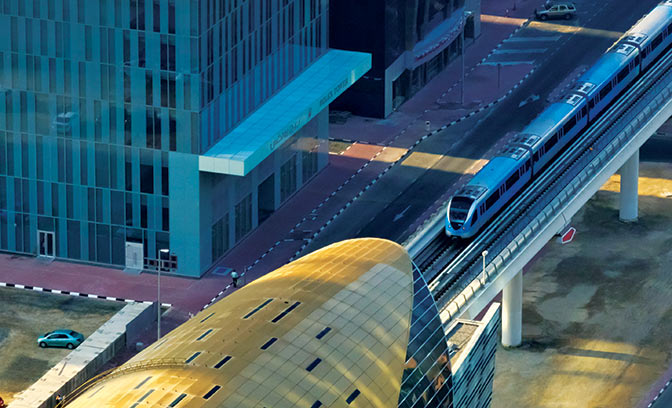It’s a monument to modern urban life. The 163-floor Burj Khalifa towers above the Dubai skyline, a gleaming glass and steel minaret. But anyone walking around the foot of this eyecatching skyscraper at the beginning of April might have noticed something a little more bucolic than usual. For amid the palm trees and fountains, landscape gardeners from around the world were busy with grasses, flowers and shrubs, making final preparations for the first Dubai International Garden Competition.
Some of the world’s most creative designers have been working on their show gardens for participating companies, such as the conservation-focused landscape designers TerraVerde, residential garden experts Toscana Landscaping and Jenny Flowers International. And although there was much interest in which organisation won a competition judged by the UK’s prestigious Royal Horticultural Society, there is a wider, more long-lasting point to DIGC. Nasser Khan, CEO of organisers Purelife hoped the end of this mini garden festival on April 6 would be “the beginning of an exciting new green era” for Dubai, which can inspire its citizens to appreciate the importance of a garden city.
The intention is that by Expo2020, some of the innovations on display will have become commonplace in the gardens and public spaces of Dubai. And making cities greener isn’t just about prettifying the urban environment. The role landscape gardeners and architects are having in shaping the whole identity of a city is becoming increasingly important.
Alison Taylor, a British freelance landscape architect who works with leading international design practices, argues that the urban environment is a city’s shop window.
“Green or public spaces change the image of a city for the better,” she says. “They encourage people to want to live and work there – during good weather even the smallest green area in an office district will be packed at lunchtime because people want to enjoy open spaces. And crucially, businesses thrive off that because it reflects well on the companies based in these places.”
In fact, Taylor says major new buildings rarely just pop up on their own these days. They’re set up around landscaped public spaces – the area at the foot of Burj Khalifa being a good example.
“When I work with a city, they always ask ‘how do we attract people, how do we make their experience better, and how do we keep them here?’”, she says. “So you identify areas which can have their green infrastructure improved. And in so doing, you create a place that people want to be around – and it becomes a great asset for a city.
“I would always say it’s these green spaces in between the buildings that make them great, not just the buildings themselves.”
Click here to see this piece as it was published in Vision


